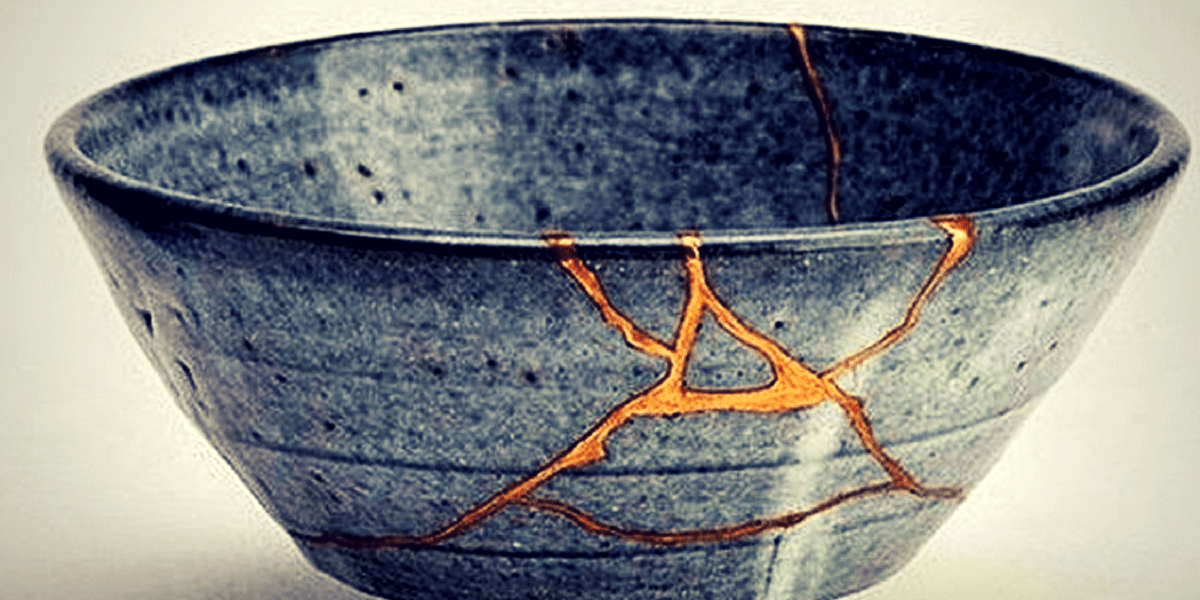It has been said that the only sure things in life are death and taxes.
I think we should add grief to that list.
Live long enough and you will experience grief.
And yet, even though we will all experience grief, it is one of those things that no one likes to talk about, much less consider. As such, there is not always a consensus about what grief actually is. It’s troublesome that we don’t talk more openly about something we all face and it’s even more troublesome that many of us are unable to define such a common experience. One of the first things I do is just try to write out a couple of different perspectives. When I began counseling people through grief as a Hospice Chaplain, one of the first things I did was piece together some basic definitions and try to distill them down to as few words as possible:
Deep sorrow, sadness and a mix of other emotions, especially caused by someone’s death.
Grief is the conflicting feelings, possibly including relief resultant guilt, caused by the end of or change in something familiar.
Grief is the normal/natural emotional reaction to loss or change of any kind.
Grief is the natural response to loss or change.
Grief is the natural response to loss or change. This seems like a pretty fair and straightforward definition which also accounts for the fact that grief will not look the same for everyone.
I don’t know how you begin to think about such topics, but once I narrow down a definition into my own fewest words as possible, I like to look at other people’s words. I like to look at quotes. They’re like different sides of a prism. Since everyone is different and, no one grieves the same (though there will be similarities), understanding how other people process grief can help us process grief ourselves.
“Grief is never something you get over. You don't wake up one morning and say, 'I've conquered that; now I'm moving on.' It's something that walks beside you every day. And if you can learn how to manage it and honour the person that you miss, you can take something that is incredibly sad and have some form of positivity.” (Terry Irwin)
“You will lose someone you can’t live without, and your heart will be badly broken, and the bad news is that you never completely get over the loss of your beloved. But this is also the good news. They live forever in your broken heart that doesn’t seal back up. And you come through. It’s like having a broken leg that never heals perfectly—that still hurts when the weather gets cold, but you learn to dance with the limp.” (Anne Lamott)
“the way I think about grief is that it is the great tug-of-war, and sometimes the flag is on the side you don’t want it to be on. And sometimes the game has exhausted all of its joy, and all that’s left is you on your knees. But, today, even though I am sad, my hands are still on the rope.” (Hanif Abdurraqib)
“Every one can master a grief but he that has it.” - (William Shakespeare, Much Ado About Nothing)
“Grief is in two parts. The first is loss. The second is the remaking of life.” (Anne Roiphe)
“Grief is the price we pay for love.” (Queen Elizabeth II)
Every once in a while, you come across a quote that just stops you in your tracks. Grief is the price we pay for love.
Everyone wants love but no one wants to grieve. Grief is the price we pay for love. No one wants to think of love as a trade-off; and it’s not really, not in the strictest sense. But grief reminds us that we care. Grief reminds us that our feelings are alive and that, we are still in touch with life; with relationships; with thankfulness. Grief is proof that we are human.
Grief is the result of losing something that was important to us; a job, a spouse, a position in life, a loved one; whatever it is. Grief is the act of trying to adjust to the “new normal” after a loss. Grief is the process of moving on with life when we don’t want to.
It does not mean forgetting what we’ve lost.
It is far too common to hear people say things like: “You’ve just got to move on.” This is not helpful or true and I may explore why in future posts, but for now, let me just say that grief is one of those things that must not simply be faced but embraced in order to move forward. It must be passed through.
Of course it changes us, and that’s part of the point.
I hope to write more about the idea of grief and the process of recovery, but for now, I’d love your thoughts. Have you experienced grief? How would you define grief? How did you move through it (or did you?)? Did it change you? What did you learn?



























